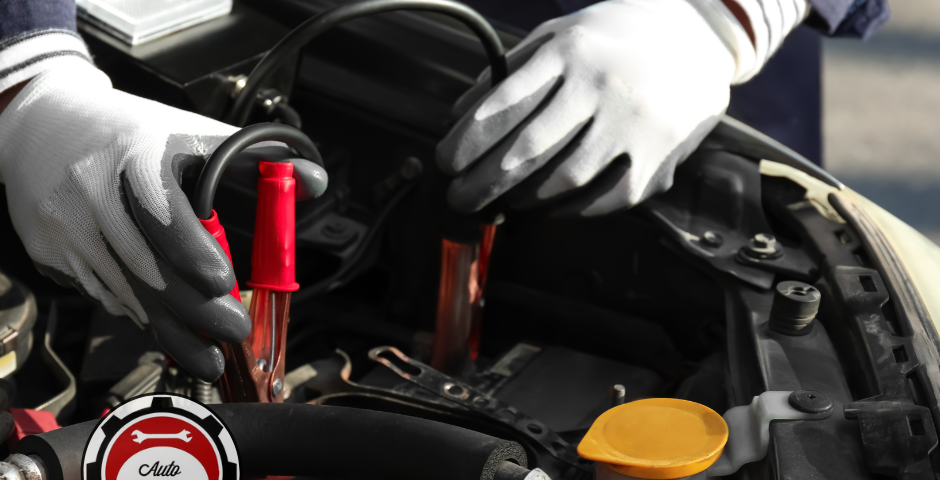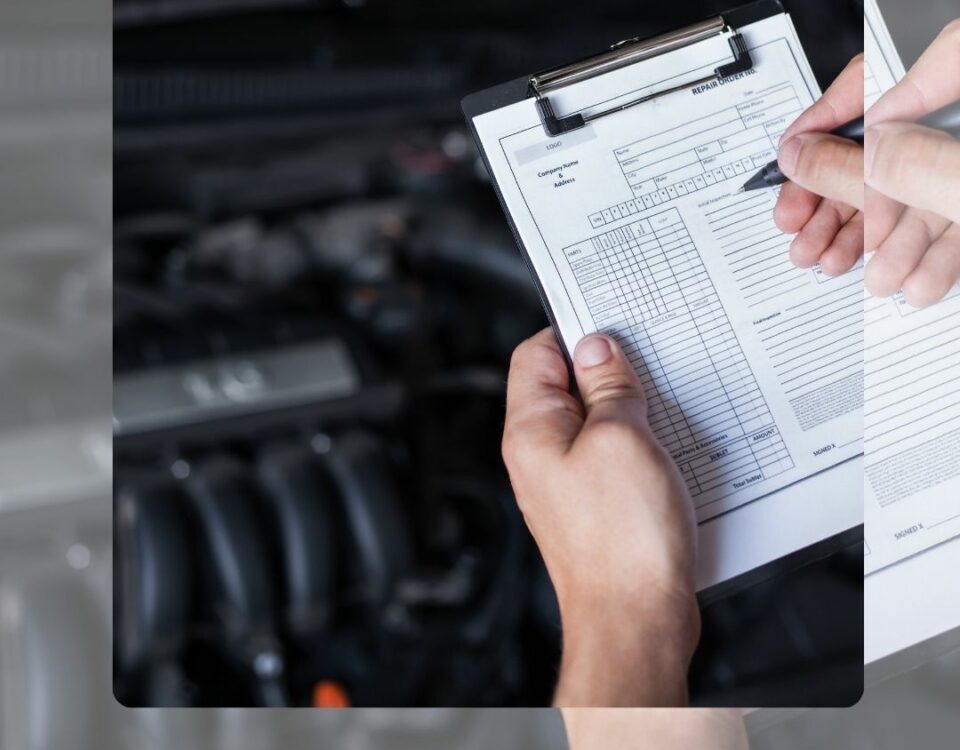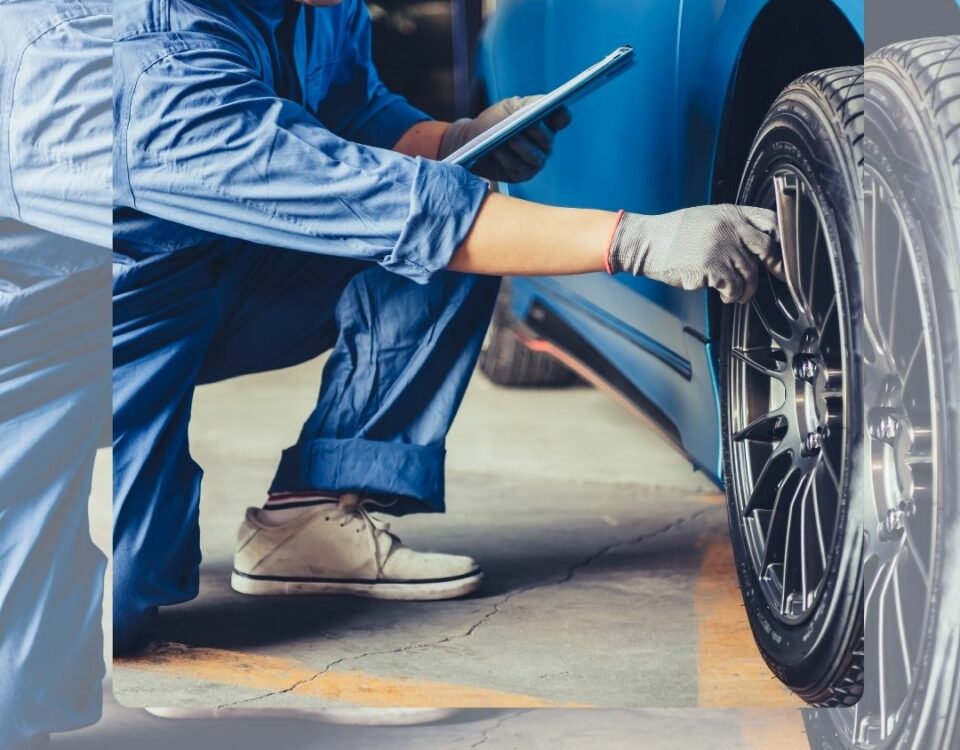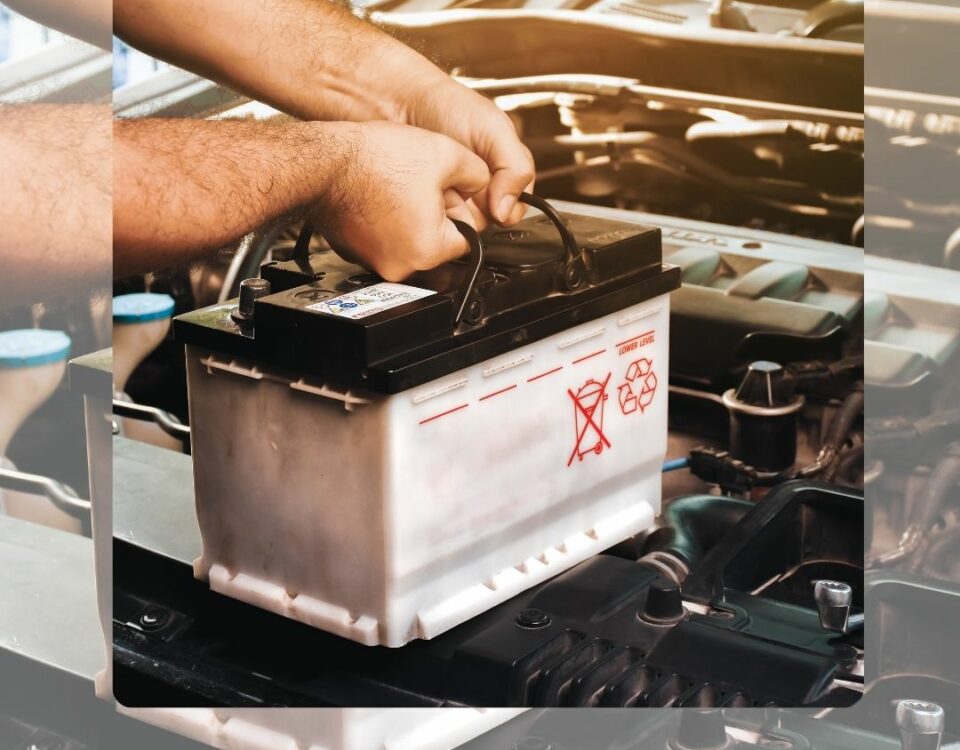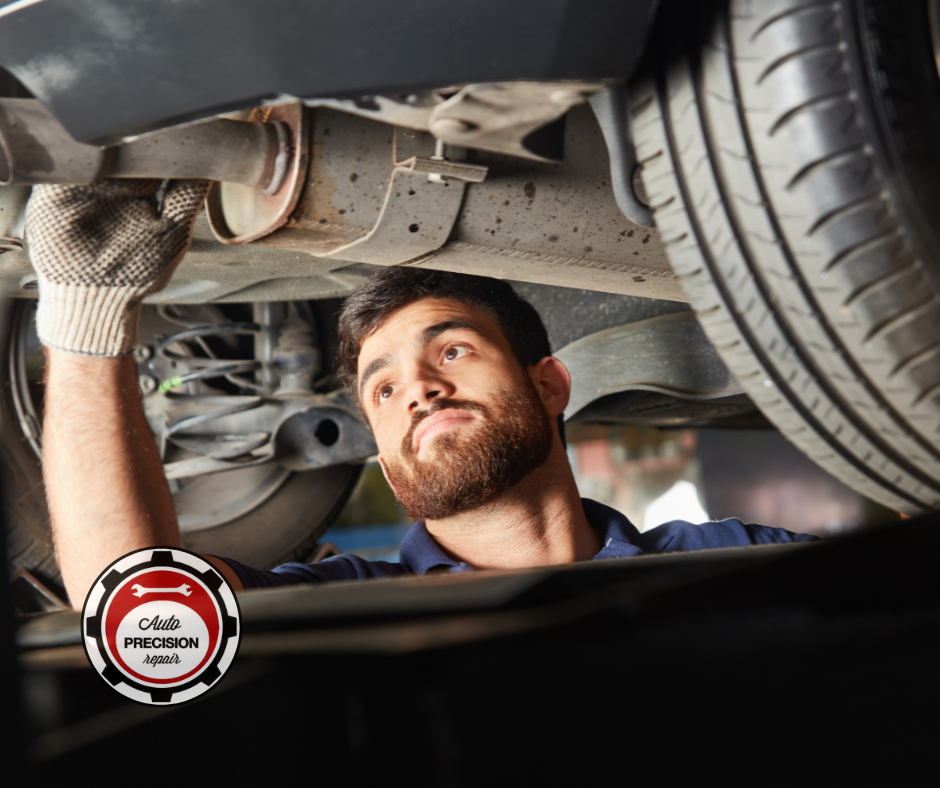
Innovations in Vehicle Inspection: How Technology is Changing the Game
December 11, 2023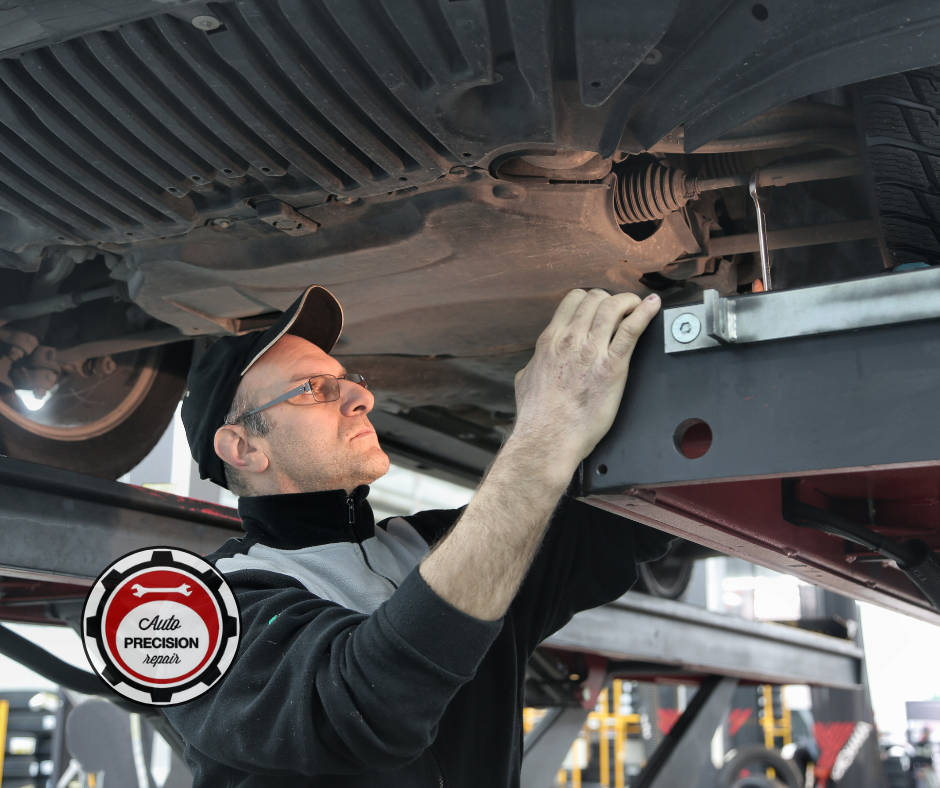
Beyond the Basics: Advanced Insights into Vehicle Inspection and Compliance Strategies
December 11, 2023Ensuring the safety and optimal performance of a vehicle is paramount for any driver. Regular vehicle inspections play a crucial role in this endeavor, providing an opportunity to identify and rectify potential issues. This article offers essential tips for conducting thorough vehicle inspections, emphasizing the importance of maintaining both safety and performance.
Understanding the Importance of Regular Vehicle Inspections
Conducting regular inspections is not just a safety measure but also a performance enhancer for your vehicle. These checks ensure that every component functions correctly, reducing the risk of accidents and breakdowns.
Components of a Standard Vehicle Inspection
- Engine Check: Evaluate the engine for signs of wear, leaks, or abnormal noises.
- Brake System: Inspect brakes for proper function and wear.
- Steering and Suspension: Ensure smooth steering and stable suspension.
- Tires: Check for proper inflation and tread wear.
- Lights and Electrical Systems: Test all lights and electrical components.
Advanced Vehicle Inspection Techniques
Advancements in vehicle technology necessitate a corresponding evolution in inspection techniques.
Diagnostic Tools and Software
Utilizing diagnostic tools and software can provide in-depth insights into a vehicle’s health, going beyond surface-level checks to reveal potential issues in the engine, transmission, and electronic systems.
Ensuring Compliance with Safety Standards
A thorough vehicle inspection ensures adherence to safety standards, minimizing the risk of accidents due to vehicle malfunction.
Regular Maintenance Schedules
Adhering to a regular maintenance schedule is critical for ensuring your vehicle remains in compliance with safety standards and operates at peak performance.
DIY Tips for Vehicle Inspection
While professional inspections are crucial, there are several checks vehicle owners can perform themselves to maintain their vehicle’s safety and performance.
Basic Checks You Can Do at Home
- Fluid Levels: Regularly check oil, coolant, and brake fluid levels.
- Battery Health: Monitor the battery for signs of corrosion or wear.
- Wiper Blades: Replace them as needed to ensure clear visibility.
Conclusion
Maintaining the safety and performance of your vehicle is an ongoing process that requires regular inspections and maintenance. By following these essential tips and staying proactive about vehicle care, drivers can ensure their vehicle remains a reliable and safe mode of transportation.


